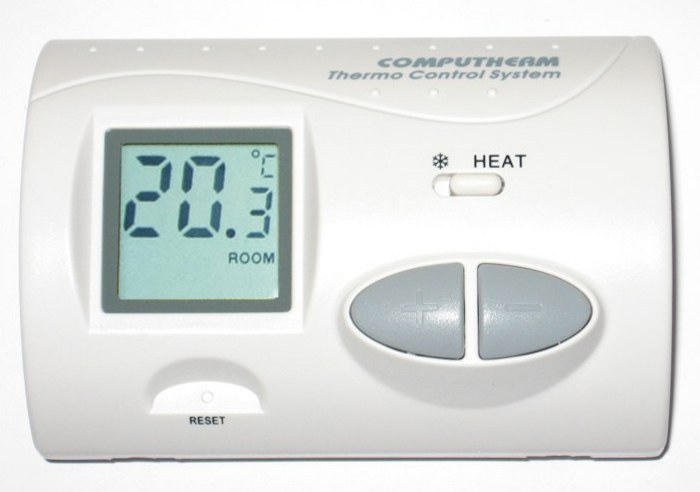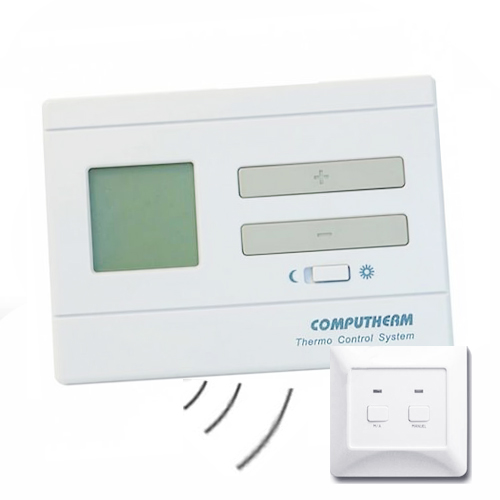
- #COMPUTHERM WIRELESS THERMO CONTROL SYSTEM INSTALL#
- #COMPUTHERM WIRELESS THERMO CONTROL SYSTEM SERIAL#
Slow blink (1 sec on-off): the device is initializing.
#COMPUTHERM WIRELESS THERMO CONTROL SYSTEM SERIAL#
using PuTTY or miniterm to connect to the serial port of the device, baud rate is 115200), but in case you don't have access to that, the NodeMCU's on board LED signals the different states: You can check the status over the USB serial connection (eg. Once flashed the device reboots and starts running the code. Probably you need to change the serial port used, this can be done in the package.json file, by the flash scripts's espruino command line arguments (default is /dev/ttyUSB0 but you can use Windows style COM1 as well).
#COMPUTHERM WIRELESS THERMO CONTROL SYSTEM INSTALL#
Use npm install to get dependencies for this repository and then issue npm run flash to flash to the device. In the project's directory create a copy of as config.js and fill the necessary parameters. I've used an extremely cheap $2 module from AliExpress which needed some cables and the antenna to be soldered.ĬC1101 chip needs to be connected to the standard SPI pins of ESP8266 (secondary SPI PINs, the first set is used by the flash RAM module). The chip on it's own can be configured for many targets, but the antenna design on the board needs to be tuned for the specific frequency in mind. You need a CC1101 module which is tuned to 868 MHz. If you use other boards, you might need to change the different pin settings in app.ts. You need Espruino firmware version 2v04.76 or later.

Reporting and/or fixing issues is always welcome.

Bugs can cause unwanted behaviour and/or even damage your heating equipment, cause high heating bill, etc. I haven't done any extensive testing with it. Use a NodeMCU (ESP8266) and a TI CC1101 modem to control your Computherm/Delta Q7RF/Q8RF receiver equiped boiler via MQTT. It is superseded by the ESPHome custom component: This project is now deprecated and not maintained.


 0 kommentar(er)
0 kommentar(er)
